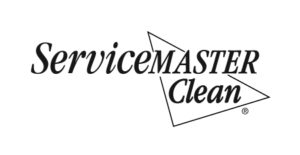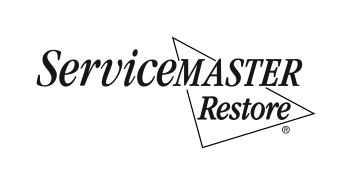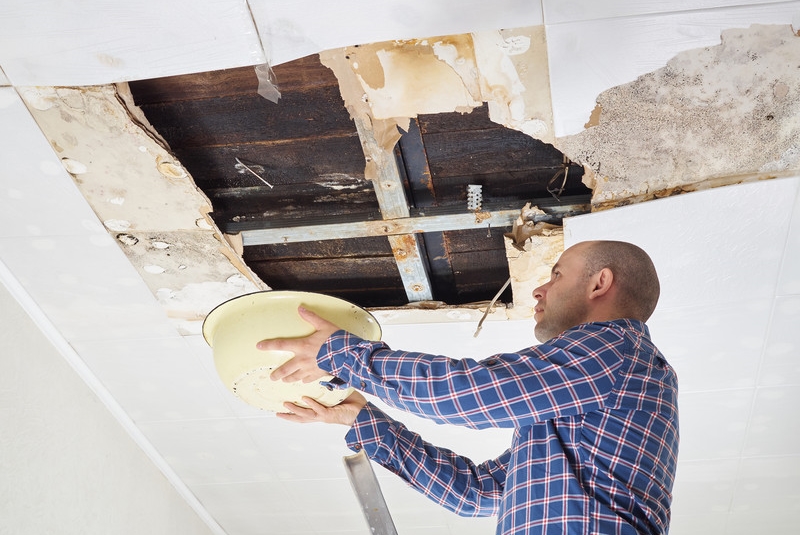Seasonal weather changes can often cause water problems, especially if your home is located in an area that experiences water flooding after rainstorms. Homeowners often experience water seepage or home flooding when rivers overflow or drain systems can’t keep up with the demand.
Insurance coverage has changed over the years, and property owners may now be required to carry flood insurance, depending on the local water table levels. It’s a good idea to periodically review the policy limitations and be familiar with restrictions or requirements expected in order to qualify for coverage.
Regular maintenance and repairs can help prevent home flooding. Inspect areas around the home where water is accessible, such as the external faucets, the main water valve, and pipe connections throughout the basement. Older pipes can become corroded and begin a slow leak that can turn into a continuous dampness problem, causing mold, mildew, and eventually flooding if the leak is not fixed.
Water damage to the property is not normally covered in a typical insurance policy, if the water problem is a result of negligence of lack of maintenance.
Other areas to inspect seasonally include the roof, down spouts, gutters and eaves. Severe thunderstorms with a torrent of rain can back up proper water drainage from the roof area. Keep downspouts cleared of leaves and debris, check to be sure they are positioned to drain away from the foundation of the house, and use an extension drain if necessary. Weak spots in a roof can allow water to seep through the attic and into the interior walls; and homeowner insurance typically doesn’t cover damage due to poorly maintained roofs.
Appliance malfunction can also cause indoor flooding at any time of the year. Perform a seasonal inspection of washing machines, sump pumps, dishwashers, and water heaters to be sure there are no leaks, corrosion, or other malfunctions.
If you do notice water leaks or seepage in your home, stop the problem at the source, use a dehumidifier, and start fans to circulate the air and speed up the drying process. Call ServiceMaster by the Border to assess the situation, measure the level of damage and potential mold, and determine next steps if an insurance claim is needed. The water damage can be minimized with fast action by a professional team, and prevention steps are taken to prevent future home flooding problems.


